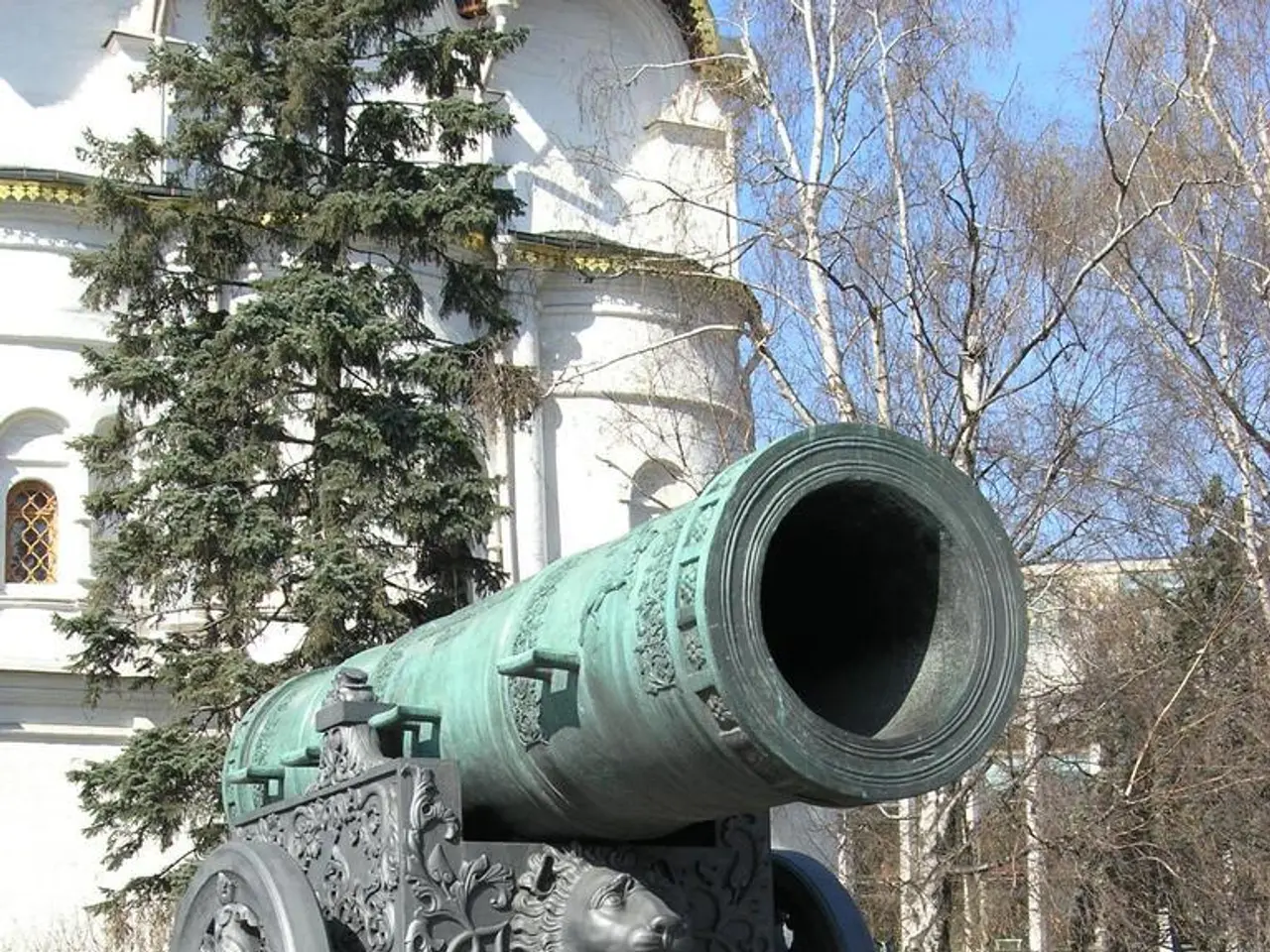Increase in Mean Maternal Age in Russia by Three Years
### Russia's Demographic Shifts: Exploring Current and Future Trends
In a recent address, Deputy Prime Minister Tatiana Golikova presented population projections for Russia, highlighting a series of demographic shifts that are reshaping the nation. Here's a closer look at the current state, trends, and measures being taken to address these changes.
#### Current State
Russia's fertility rate stands at approximately 1.41 children per woman, significantly below the replacement rate of 2.05 needed to maintain a stable population. This situation, coupled with a high mortality rate, has contributed to a demographic crisis in the country, resulting in a declining population and workforce.
#### Trends in Women of Reproductive Age
Although specific data on the number of women of reproductive age (18-49 years) in Russia was not detailed, broader demographic trends suggest that the population is aging, and the workforce is shrinking. This implies that the percentage of women in their reproductive years may be decreasing relative to the overall population.
#### Measures to Increase Birth Rates
To combat this trend, Russia has introduced several measures aimed at boosting birth rates. One of the most notable is the Maternity Capital Program, which provides financial incentives to mothers and has led to a significant increase in birth rates from 1.28 to 1.76 children per woman between 2006 and 2015.
Recently, financial incentives have been extended to teenage mothers, with some regions offering over 100,000 rubles (approximately £900) to pregnant schoolgirls who give birth and raise their children. Additionally, pronatalism policies aim to encourage larger families through financial support and social benefits, reflecting President Putin's emphasis on population growth as a key component of national strength.
#### Projected Trends
The total fertility rate is expected to gradually increase from 2020 to 2035, reaching approximately 1.58 children per woman under the medium scenario. The high-variant projection aims for higher fertility rates aligned with the goals outlined in the Russian Federation's demographic policy.
#### Investment Opportunities Amid Demographic Challenges
Given the demographic trends, strategic investments in sectors like automation, healthcare, and infrastructure modernization may offer opportunities for growth despite the overall workforce decline.
It is worth noting that the Deputy Prime Minister did not provide details on how the national healthcare system addresses the risks to reproductive health and child development in the context of the population projections. Moreover, the prevalence of reproductive system diseases in relation to the population projections was not discussed.
In conclusion, Russia's demographic strategies focus on increasing birth rates through financial incentives and social support, while also recognizing the need to strategically invest in areas that can mitigate the impact of a shrinking workforce. The ongoing discussion and implementation of these strategies will be crucial in shaping Russia's future demographic landscape.
Scientists and policymakers could collaborate on researching effective approaches to improve women's health and reproductive health in Russia, considering the current demographic challenges and projections for the future. This focus on health-and-wellness and women's health could help address reproductive health risks and support child development within the context of demographic shifts.
In an effort to address declining birth rates and stabilize the population, Russia might explore expanding its investment in science and technology related to health-and-wellness and women's health, particularly in the areas of reproductive health and disease prevention.




